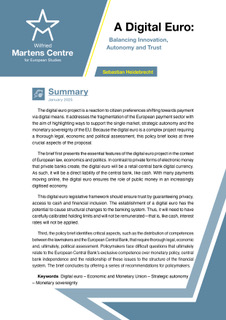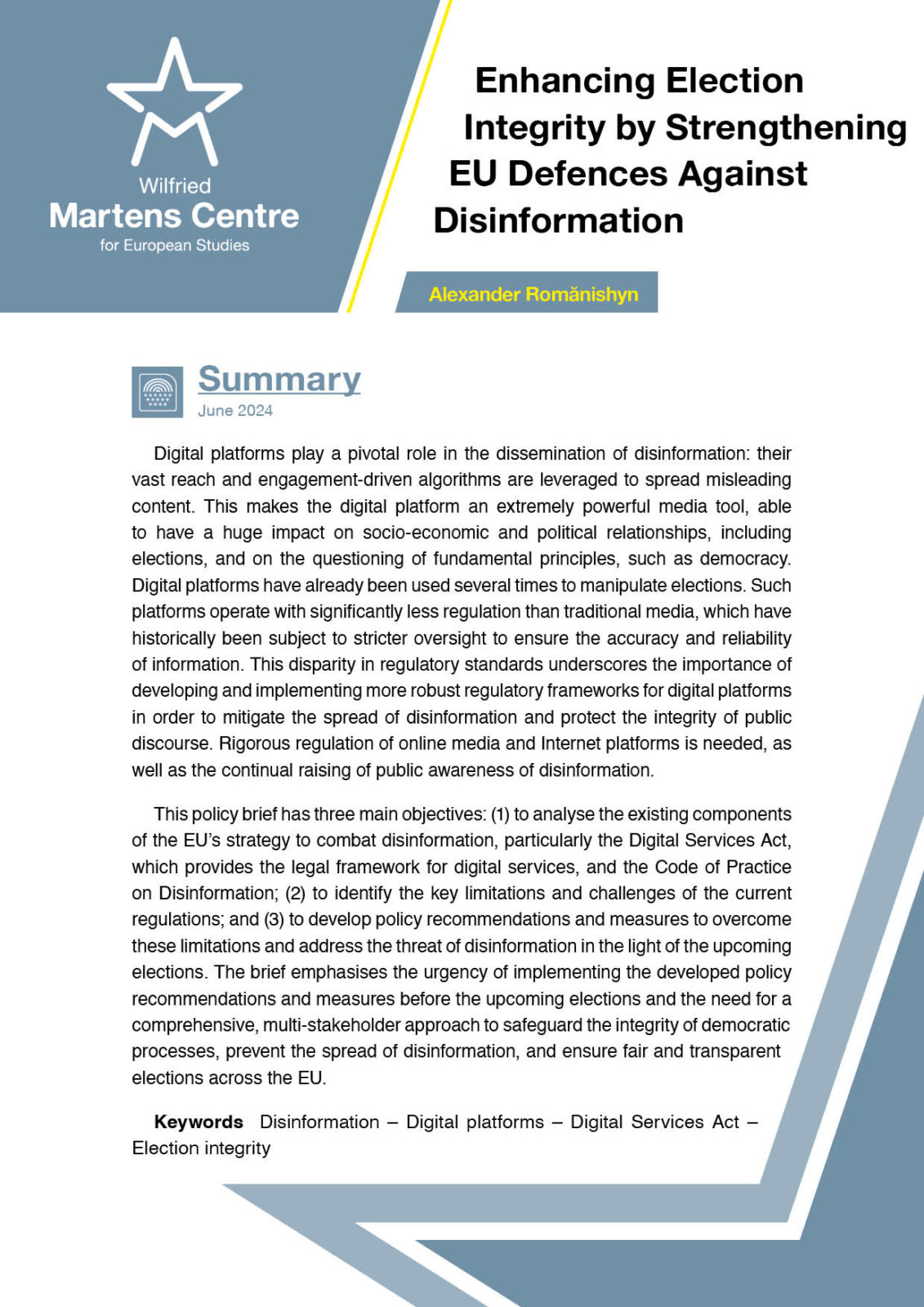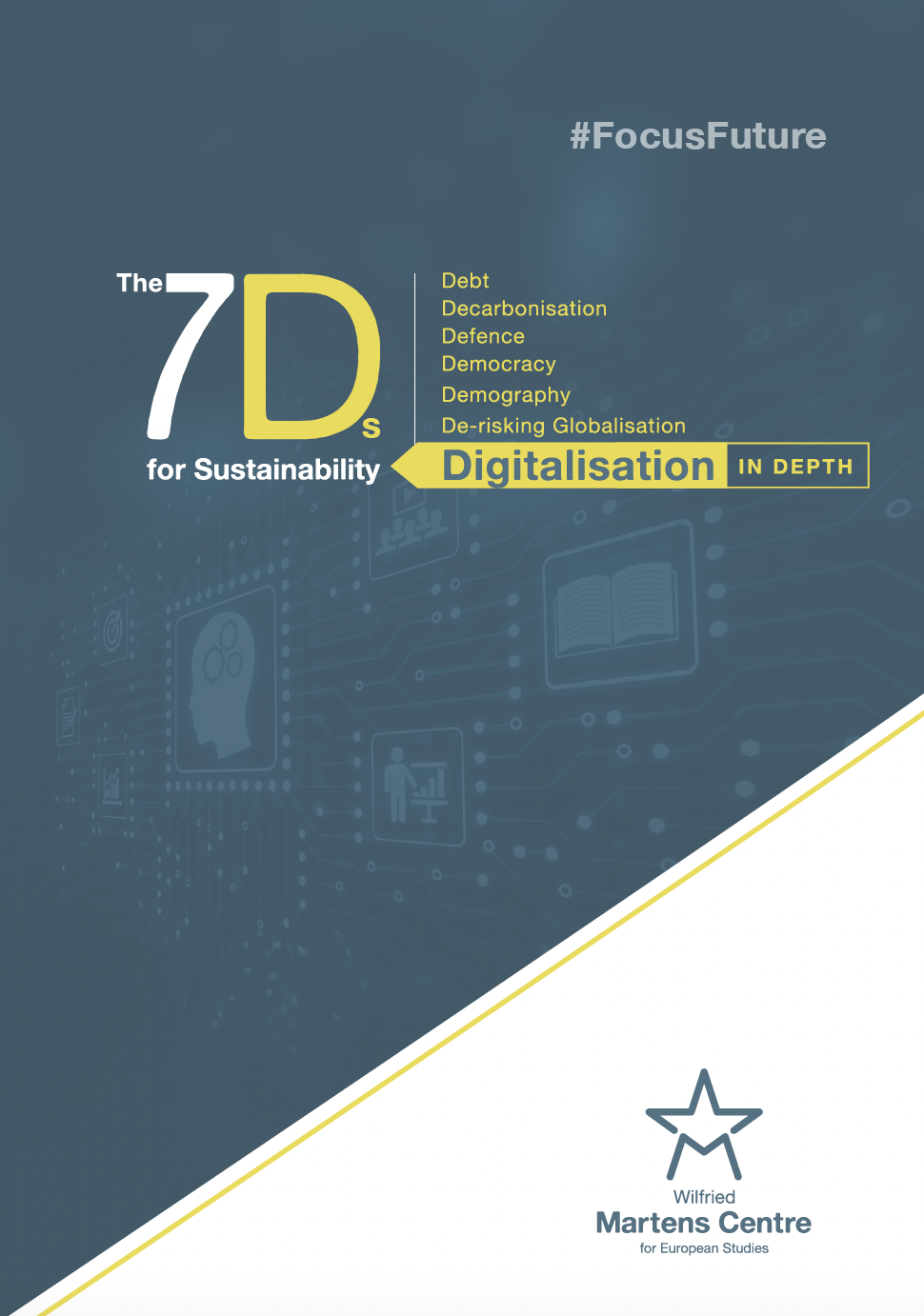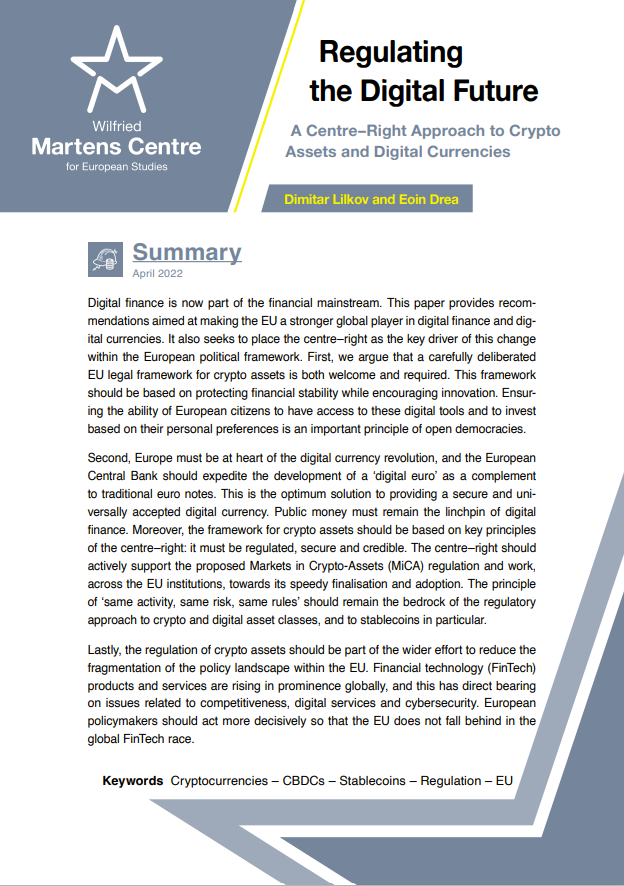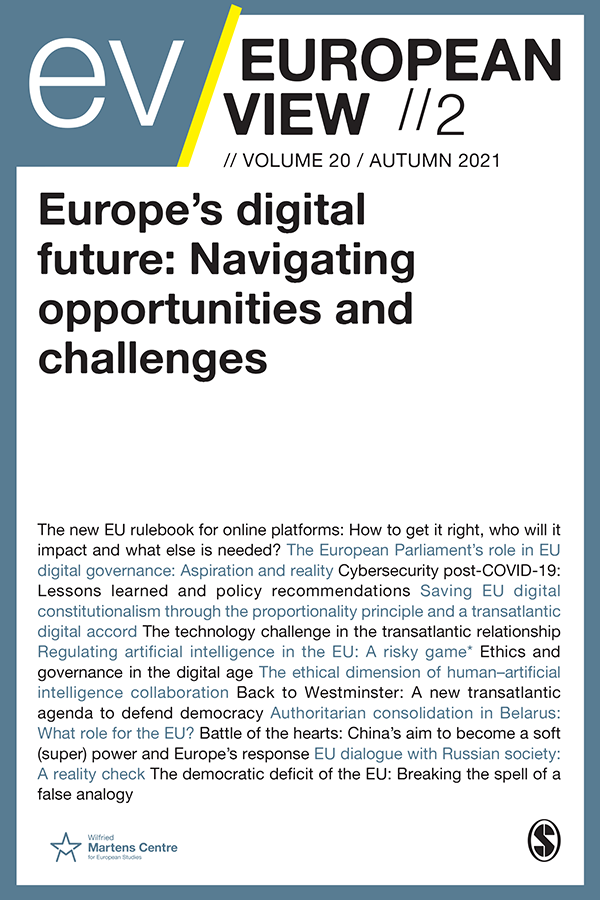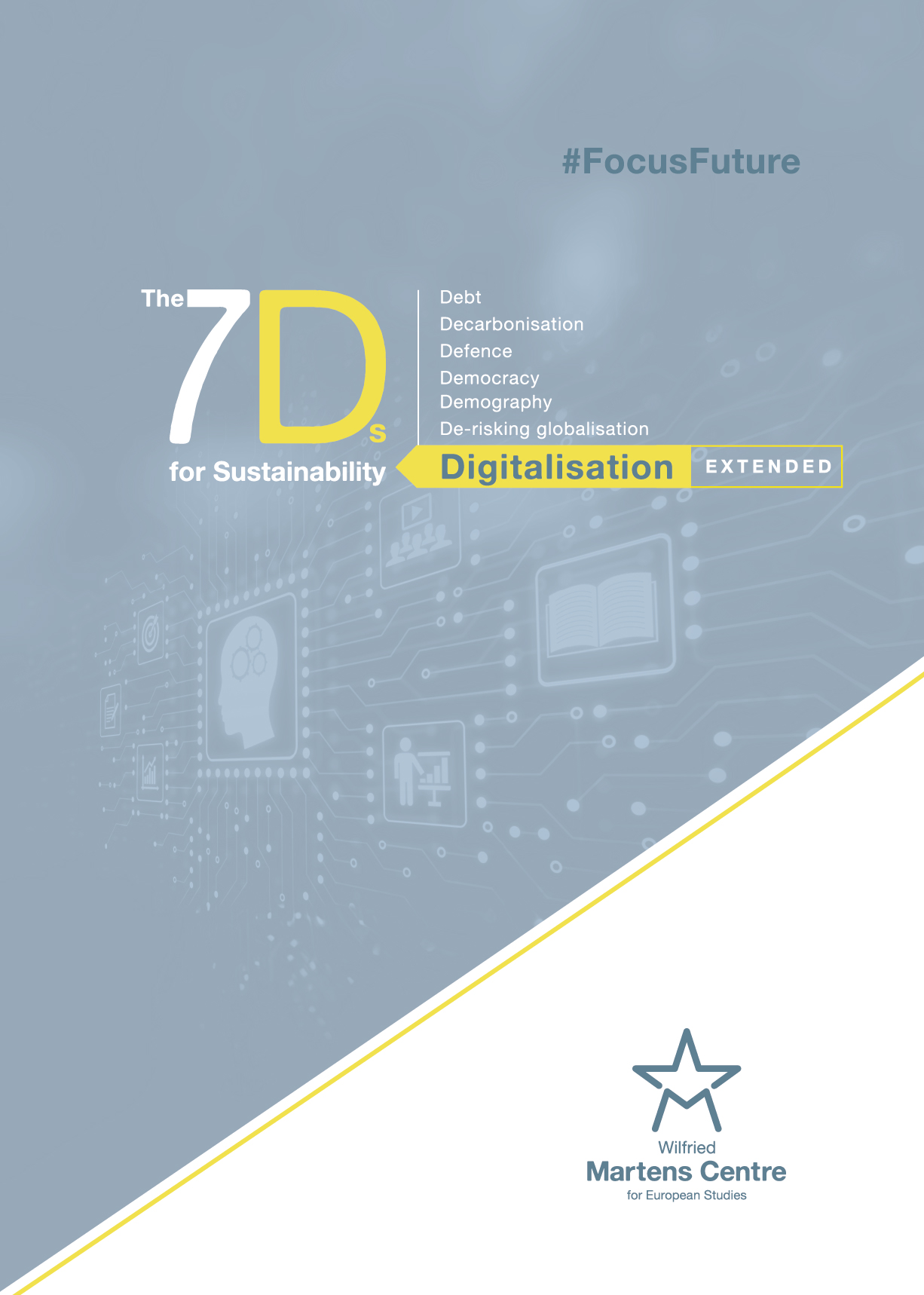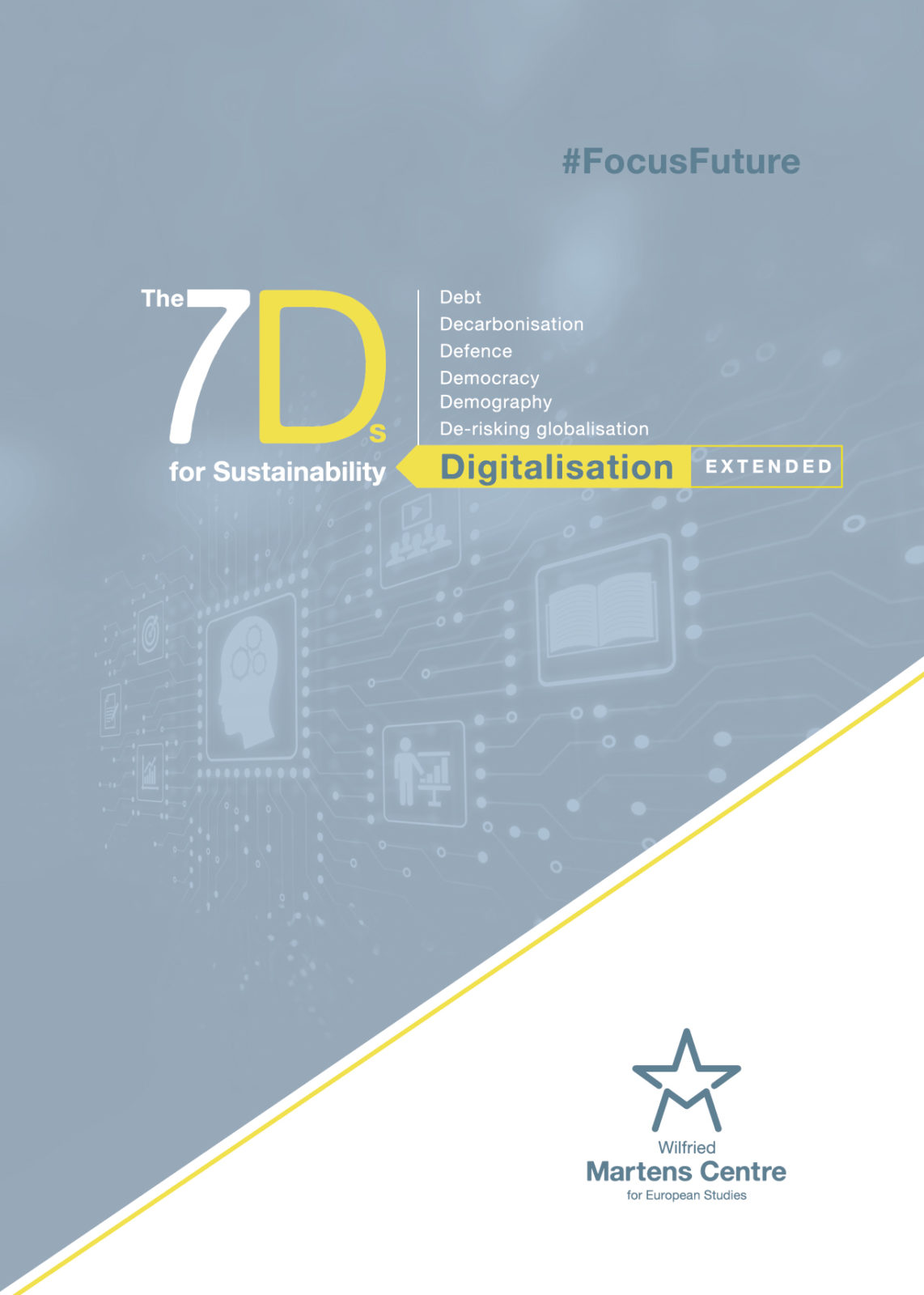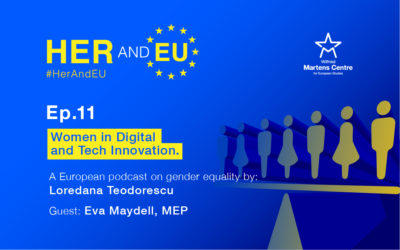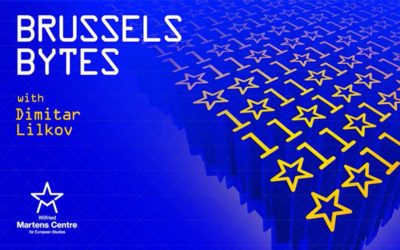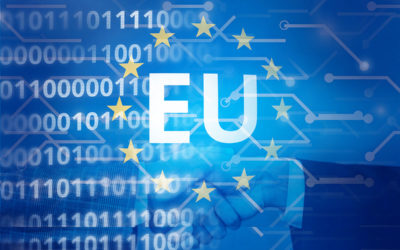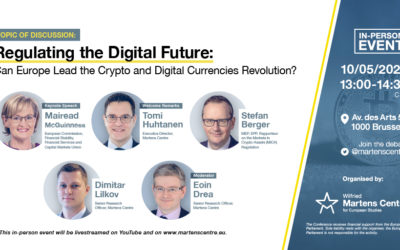Alongside the Green Deal and the first steps towards a Defence Union, creating a single European digital space was a key project of the outgoing European Commission (2019–24). This involved establishing an interconnected set of rules and regulations aimed at creating a level playing field for competition among European and international companies, enhancing the rights of Europe’s ‘digital citizens’, protecting the integrity of democratic institutions and processes, and promoting global cooperation in the digital sphere.
Digitalisation is now seen as a key enabler that will lay the foundation for Europe’s future value creation. The success of this project will also determine the geopolitical weight of the Union vis-à-vis major competing powers such as the US and China. From a novel approach to artificial intelligence governance to a revamped understanding of competition law in the digital domain, the EU’s ambitions are high. Yet, piecemeal legislation and the lack of a fully integrated digital single market have led to inconsistent regulation, infrastructure gaps, a lack of investment and security-related issues in its digital sphere.
Many European tech companies are struggling to offer their services outside national borders and to expand their reach to a genuinely European (and global) customer base. To survive in a world where the US and China and their digital giants dominate international competition, the EU needs not only up-to-date regulations that create a fair and level playing field and protect the interests of European citizens but also a strong industrial base. The EU must ensure the production and importation of next-generation semiconductors, joint European funding for breakthrough research and development, and access to secure global supply chains. These goals cannot remain aspirations but must be realised. The resilience of hardware infrastructure and software services throughout the EU is more than a mere technical concern: it impacts the security of sensitive user data, intellectual property rights and national security. At the same time, Europe needs a new culture of risk-taking and entrepreneurship to unleash the innovation potential of digitalisation in the fields of the green transformation and healthcare. Digitalisation is also helping to overcome regional disparities within Europe and is enabling new growth, particularly in the Central and Eastern European countries.
The EU needs to boost its internal connectivity and digital excellence, and prepare for the ever-expanding global threats from hostile actors, malicious digital applications and state-led malign influence on online campaigns. When it comes to international partnerships, ‘coopetition’ will be the modus operandi of those countries that are part of the global democratic alliance. At the same time, efforts continue to be made to find a global consensus on the general principles for the use of artificial intelligence.

